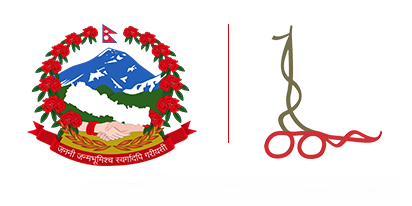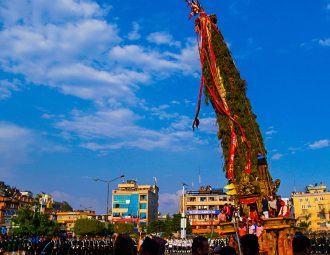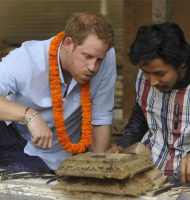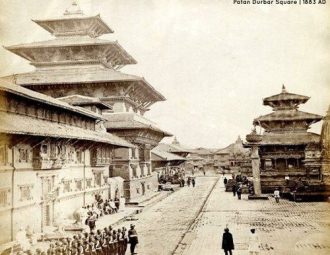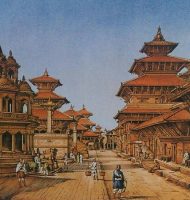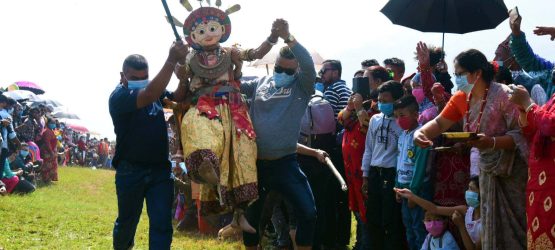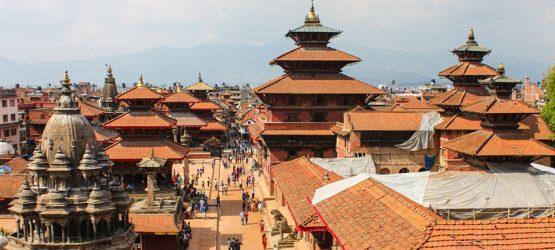

Why Get Listed ?
It’s Easier to Register
Eiusmod tempora incididunt dolore magna aliqua sed
enim lorem ipsum sit amet consectetur.
Get Your Listings Promoted
Eiusmod tempora incididunt dolore magna aliqua sed enim lorem ipsum sit amet consectetur.
Premium Paying Visitor Sales
Eiusmod tempora incididunt dolore magna aliqua sed enim lorem ipsum sit amet consectetur.
